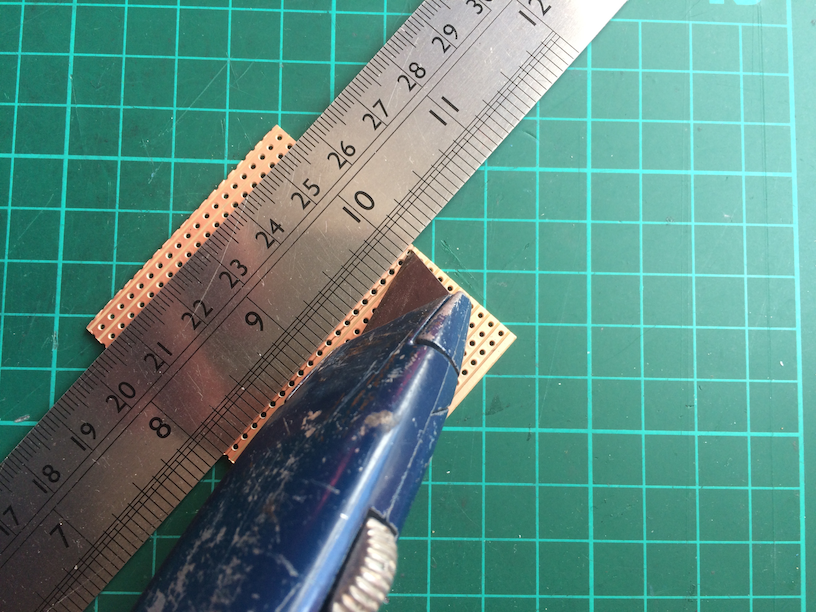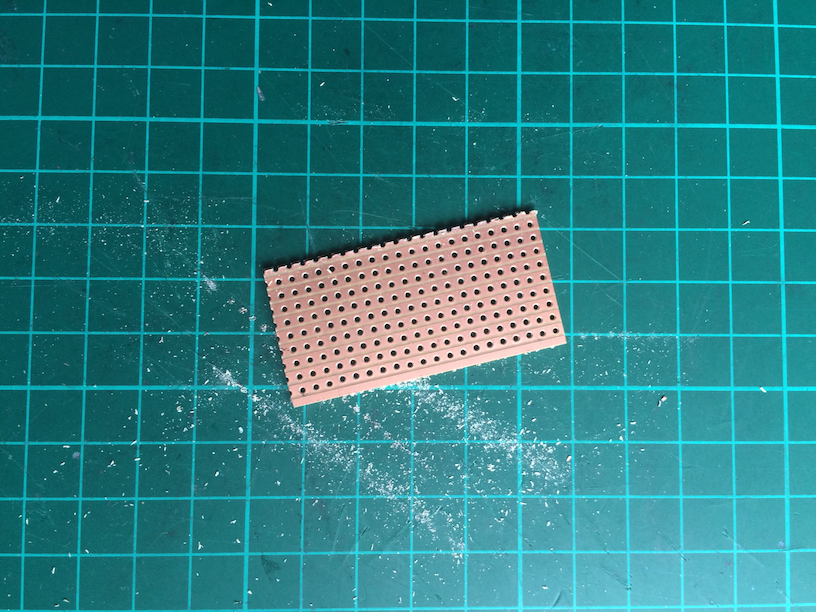And, as if by magic (or in the tradition of Blue Peter’s “here’s one I prepared earlier”), I have the components!
From the left there are 4 polyester box capacitors, a 470pF multilayer ceramic C0G capacitor, three electrolytic capacitors, the three transistors and, at the top, the resistors.
- The four polyester box capacitors are from Bitsbox. These are generally a good size, not too tall and fit nicely on a veroboard
- The 470pf multilayer ceramic C0G capacitor is from RS (link), I chose a “C0G” type (or “NP0”) because it has a better tolerance than plain ceramic, and less likely to be microphonic. Also, because the gurus on this forum advised me to use C0G/NP0 types for ceramics where possible
- The three electrolytic capacitors are made by Panasonic and are from CPC. I chose to use a better quality rather then cheaper brands because I can. 😉 (Notice one of the caps has short stubby leads. I salvaged it from another project.)
- The three transistors are from Tayda. I’m not sure about the quality of these so I’m not going to directly solder them onto the vero board, but will instead use sockets in case I need to swap them out.
- Notice there are eleven resistors, not ten. The circuit uses a 4.7M ohm (“4M7”) resistor which I don’t have and I didn’t want to order a pack of 100. 😉 I do, however, have a 3M ohm resistor and a 1.5M ohm resistor so, using the magic of Ohm’s law I can combine them in series to give me 4.5M ohms, which is close enough. I’ll need to think about how to solder them together so it doesn’t look messy.
At this stage I’m not concerned with the SPDT switch, nor the pots. For now I just want to prepare the vero board and solder these components onto it.
Now I need to cut a piece of vero board to size. When I buy this stuff I get it in sizes of 24 tracks by 37 holes. The vero that’s used in the circuit is 9 tracks by 20 holes so I need to cut it to size with a Stanley knife.
TOP TIP – double check that you have the vero board the right way round. That is, you need 9 tracks going horizontally. A few times now I’ve cut it the wrong way round and ended up with the tracks going vertically. D’oh!
Here’s a piece of vero that I’m using from a previous cut. At the moment it’s 23 tracks by 20 holes. So I need to make another cut to reduce it to 9 tracks in height. I mark out a line on each side of the board with a pencil on the 10th row. It makes sense to cut through a row of holes:
Then, holding down a steel ruler with one hand acting as a guide, I make a series of scores with the Stanley knife with the other hand starting on the copper side, flip it over, and cut another series of scores on the other side:
I keep scoring it with the knife until I get a clean cut:
Be careful of the dust, it’s nasty stuff and you don’t want to breathe it in. Also, watch your fingers. What you can’t see in the last photo is a piece of my fingernail where the knife took out a nice chunk. 😉




